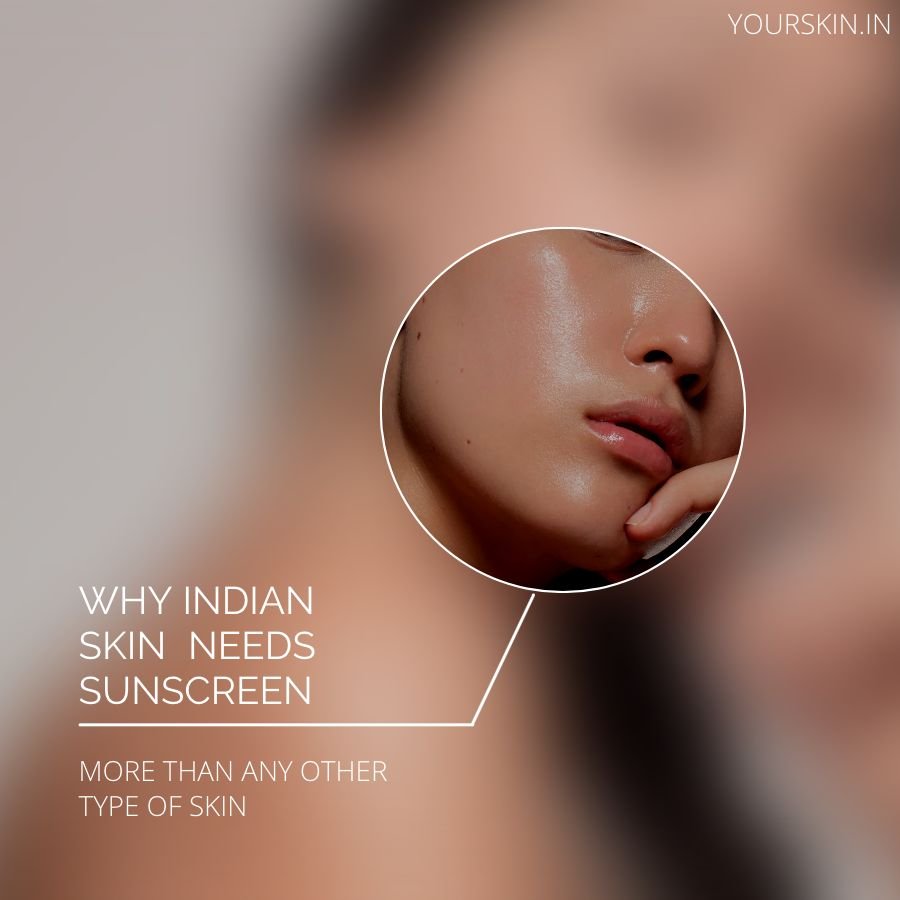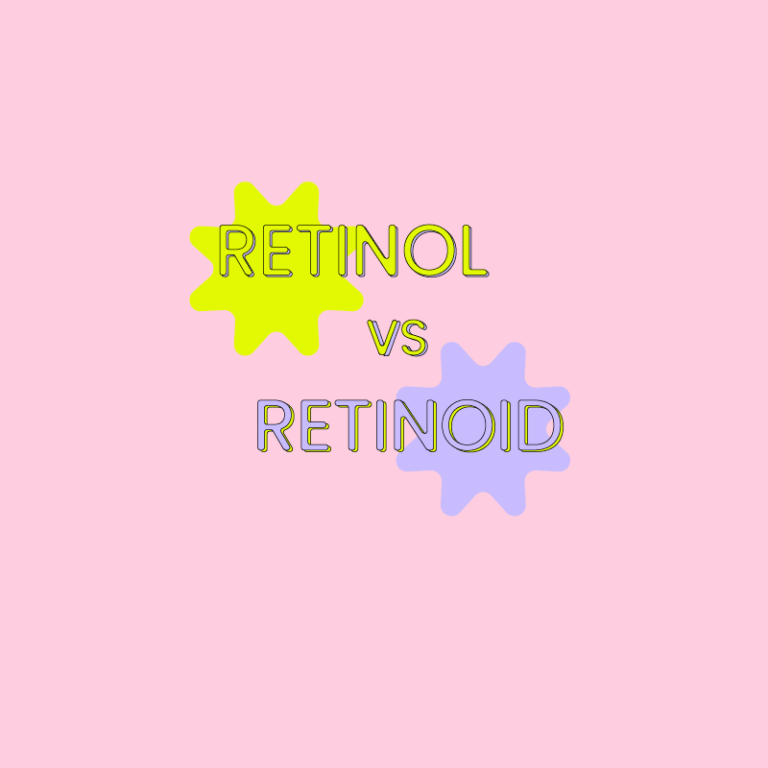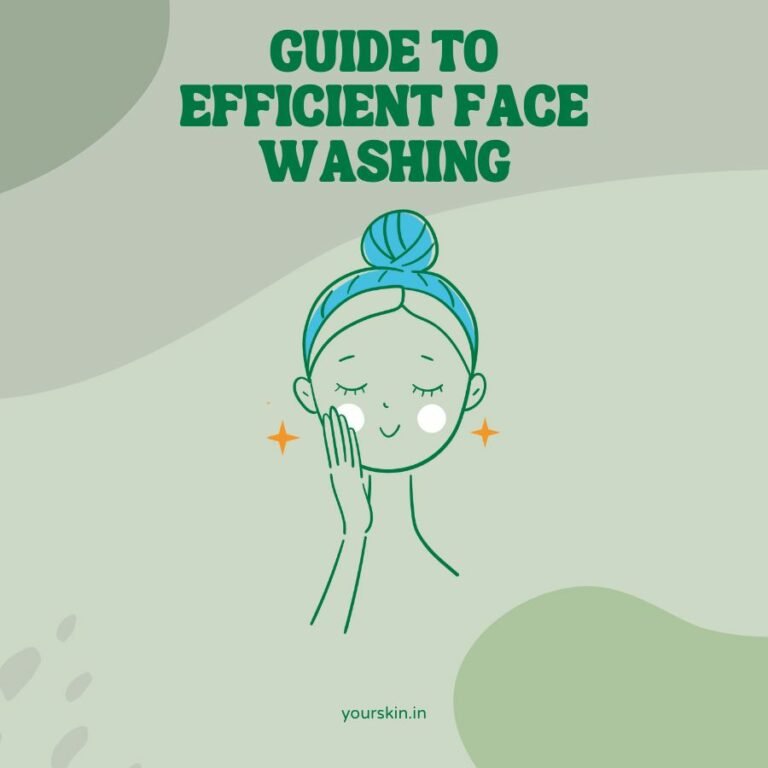We have all heard of tanning, or of skin darkening when the skin is exposed to sunlight for longer periods of time. Everyone who has been to a beach knows how harsh the sun can be. But what is hyperpigmentation?
Tanning or skin darkening is one thing, hyperpigmentation is completely different. It can lead to patchy, dark spots all over your skin, and could be triggered by a lot of things.
Let’s take a look at everything you need to know about hyperpigmentation for Indian skin, why it happens, and ways you can prevent or treat it.
What is Hyperpigmentation
As the name suggests, hyperpigmentation is the condition of skin when the skin pigments, called melanin, are produced in overabundance, especially in small, localized spaces.
Imagine if you are painting a sheet of paper but instead of evenly painting it, you just paint on some spots. This is what hyperpigmentation looks like. Instead of even-toned skin, you have patchy skin with dark spots all over.
Melanin
Hyperpigmentation occurs due to excess melanin production. Melanin is the pigment that gives our skin color; people with more melanin have darker skin tone while people with less of it have fair skin.
Melanin is produced in the skin for many reasons, but the most common and important reason is protection against the sun’s harmful UV rays. Think of melanin as a natural sunscreen.
This is the reason why people living near the equator (closer to the sun and hence get more sunlight) have a darker skin tone compared to people living near the poles.
When you visit a beach, the increased UV exposure triggers the production of more melanin to protect you from damage. As long as it is even, there is no issue with melanin production.
Types
There are two types of hyperpigmentation, broadly speaking. One is the epidermal hyperpigmentation that occurs on the uppermost layer of the skin. It is lighter in color and comparatively easier to treat.
The second type of hyperpigmentation is deeper and darker, and more difficult to treat. It is dermal hyperpigmentation and occurs in the deeper layer of the skin.

What Causes Hyperpigmentation?
There are many reasons why a person can experience hyperpigmentation. Hyperpigmentation does not just affect the facial skin but can happen anywhere in the body.
The reason the face is its most preferred target is that it is the most exposed part of the body, and the skin on the face is thinner than anywhere else. So minor hyperpigmentation is quite readily visible.
Some of the most common reasons why hyperpigmentation occurs include:
- Sun damage due to exposure to UV rays
- Hormonal changes
- Pregnancy
- Melasma
- Acne, skin damage due to cuts, traumas, etc.
- Deficiency of vitamins, especially vitamin B12, and folic acid.
- Drugs such as oral contraceptive that affects estrogen levels
- Thyroid problems
- Genetic reasons
There are so many reasons your skin can get hyperpigmentation. But that’s just one part of this terrible equation. Hyperpigmentation is worse for Indian people.
Why it is Worse For Indians
General intuition might make you think that people with low melanin (and a high risk of sun damage) like Caucasian people would be more prone to hyperpigmentation, but that’s not true.
People with skin tones ranging from olive, light brown to dark brown (which includes almost all Indians) are more likely to get hyperpigmentation compared to Caucasian people.
Research by Nouveau S, Agrawal D, Kohli M, et al., found the prevalence of hyperpigmentation to be more defined and widespread in India. Not just that, other conditions such as Melasma are also very common in Indian women.
Another study by Hourblin V, Nouveau S, Roy N, et al., analyzed the facial skin of 1,204 Indian women from four major cities; Mumbai, Delhi, Chennai, and Kolkata to look for hyperpigmentation.
No matter what their skin complexion was, every single woman of different ages had signs of hyperpigmentation.
Hyperactive Melanin
Since we are in the middle ground of melanin content; neither low nor a lot, our melanin production is always on the edge. This hyperactivity of melanin production makes Indian skin prone to hyperpigmentation.
Even the smallest of triggers can cause a good amount of hyperpigmentation. Sun exposure, medicines like birth control pills, pills that make skin more sensitive to light, etc are a bigger risk to Indian people for hyperpigmentation.
So we need to be extra careful and cautious of all the triggers that can cause hyperpigmentation and lead to blotchy, spotted skin. Let’s look at the ways you can prevent hyperpigmentation.
How to Prevent Hyperpigmentation
When it comes to protecting your skin from hyperpigmentation, nothing works better than prevention! It is better to stay away from all the things that can cause hyperpigmentation than look for treatment.
Here are all the ways you can prevent hyperpigmentation
- Wear sunscreen whenever you are exposed to the sunlight; be it a cloudy day, a cold day, or you just sitting near the window. Sunscreen with at least SPF 30+ and PA+++ is mandatory if you want healthy skin
- Avoid taking birth control pills whenever you can. Consult your doctor about it.
- Talk to your dermatologist and find the best prevention creams to keep your skin healthy
- Certain retinol, facial creams with acids can make your skin photosensitive, making it tan even when you are using a phone or sitting near the computer.
- Use de-pigmentation products.
- Do not go for laser treatment, peels, etc without consulting a dermatologist. These harsh treatments can often aggravate the situation
Treatment of hyperpigmentation is tough, and if it is dermal hyperpigmentation, then it’s even tougher. Topical creams containing Azelaic acid, Kojic acid, hydroquinone, etc can help in reducing the rate of pigmentation.
If you are noticing early signs of hyperpigmentation or melasma, consult your dermatologist now. Take care of your skin.
REFERENCES
- https://www.sciencedirect.com/science/article/abs/pii/S0733863505701509
- https://link.springer.com/article/10.2165/00128071-200001050-00001







